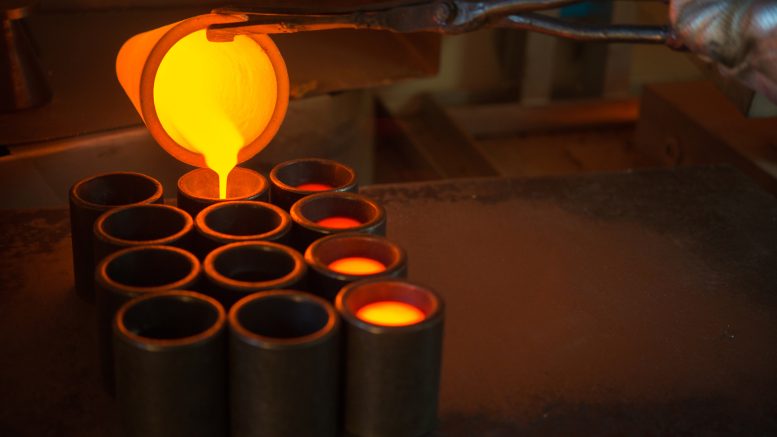In the U.K., despite horrendous inflation and gloomy economic forecasts, we are preparing to party. To mark the beginning of a four-day Platinum Jubilee celebration, thousands of beacons are being lit across the land at 9:45 pm on Thursday, June 2. Queen Elizabeth II actually reached her 70 years on the throne back in February (as I wrote at the time) but, ever pragmatic, we delayed the celebrations until the anniversary of her coronation in 1953 (and warmer weather).
The British are accustomed to adjusting the date of celebrations. The Queen was born on Apr. 21, 1926, but her official birthday is marked with Trooping of the Colour in June. This tradition dates back to King George II (1683-1760), who decided that the weather on his real birthday (November 10) was too miserable for parades. In 1748 he moved the monarch’s official birthday to the second Thursday in June (it was altered in 1959 to the second Saturday; June 11 this year).
The date chosen to celebrate the monarch’s official birthday varies enormously around the Commonwealth. In Canada, for example, it is celebrated as ‘Victoria Day’ (a holiday initially bestowed in honour of Queen Victoria) on the last Monday before May 25 (as it is in parts of Scotland). In Australia, the official birthday is generally celebrated as a holiday on the second Monday in June. Queensland, however, has marked the occasion since 2016 on the first Monday in October (to better spread out public holidays), and Western Australia decides annually on the best date (Sept. 26 this year).
Bizarrely, although the monarch’s official birthday is a holiday in most Commonwealth countries, it is not a day off in the U.K. More importantly, perhaps, it traditionally marks the start of summer here and in Canada (and the skiing season in Australia).
With drilling near a 10-year high, the metals and minerals exploration community also have cause to celebrate, especially those searching for copper and gold. Although these two metals are only the third and fourth most valuable mined commodities (after coal and iron ore), they account for the lion’s share of activity amongst exploration companies, and are the bellwether of the whole sector.
Copper and gold accounted for a combined mined value of almost US$380 billion in 2021. This is about the same as the extracted value of iron ore last year, but all three metals are still dwarfed by the value of mined coal.
Both metals have seen price rallies over the past two years, with gold reaching its highest monthly average of US$1,970 per oz. in August 2020, and copper briefly reaching a record US$11,300 per tonne in October 2021. These better market conditions saw funding by junior and intermediate companies rise 78% in 2021 to a record US$21.6 billion, according to S&P Global Market Intelligence.
With more money in hand, S&P Global reports that total exploration expenditure rose 35% in 2021 to US$11.2 billion, although barely one-quarter was earmarked for grassroots locations. The search for gold represented 55% of the overall spend, with the budget jumping 42% last year to US$6.2 billion. Of this amount, an estimated US$2.7 billion was devoted to initial-resource exploration in 2021. As a result, gold contained in initial resources more than doubled last year to an all-time high of 76 million oz. according to S&P Global (although the number of initial gold resource announcements rose only 14% to 40).
Canada hosted the most gold in announced initial resources (34.9 million oz.) for a third consecutive year. This total was from only nine initial resource announcements, according to S&P Global, bringing the total for the past five years to 38, compared with 60 such announcements in Australia.
Exploration expenditure in the search for copper rose 31% in 2021 to US$2.3 billion, representing 21% of the industry’s total exploration budget. S&P Global estimates that the amount allocated to initial resource exploration for copper was US$1.2 billion — only 3% lower than the pre-pandemic level in 2019 (but still just half of the amount allocated in 2012). Reflecting this effort, the number of copper initial resource announcements jumped 38% to a seven-year high of 18 last year (albeit still well behind the 57 announcements in 2012), although the contained copper fell 2% to 9 million tonnes (23 million tonnes in 2012).
So, plenty to celebrate at PDAC, which starts two days after the Queen’s official birthday; we’ll save you some cake.


Be the first to comment on "The view from England: Party time as resources soar"